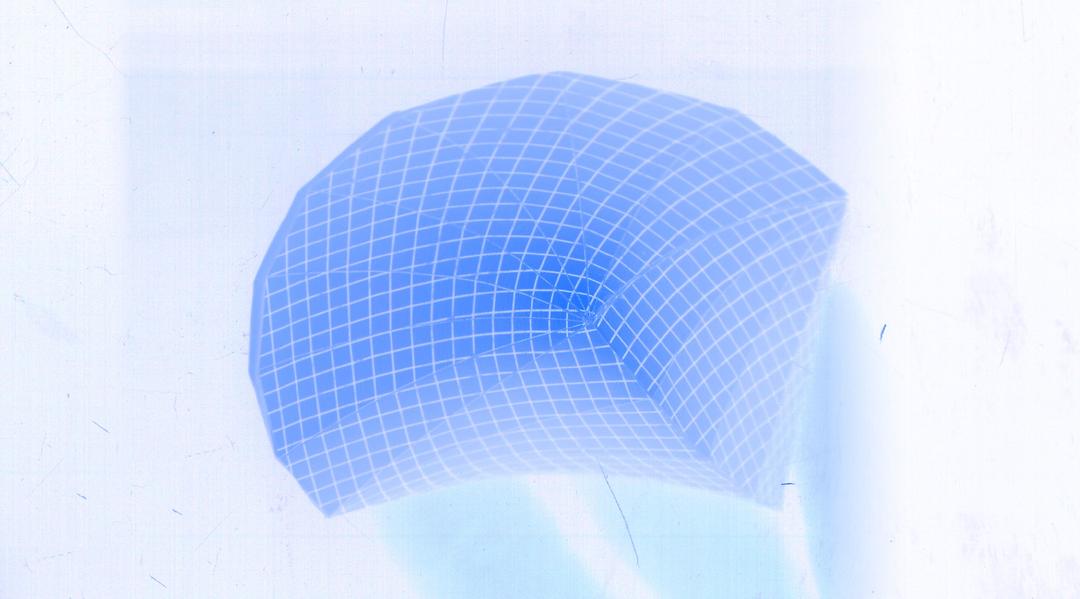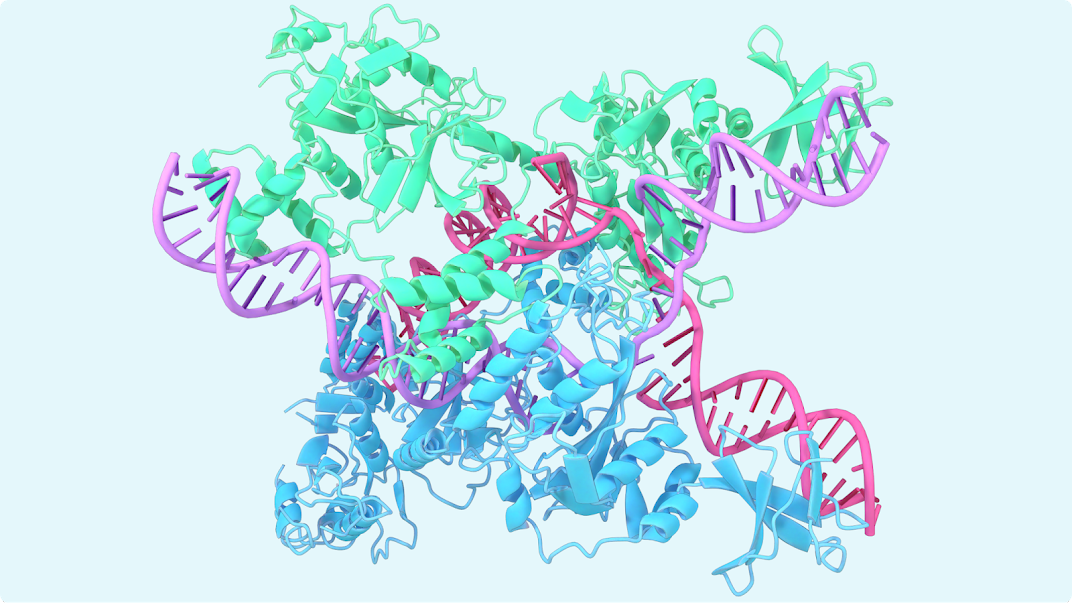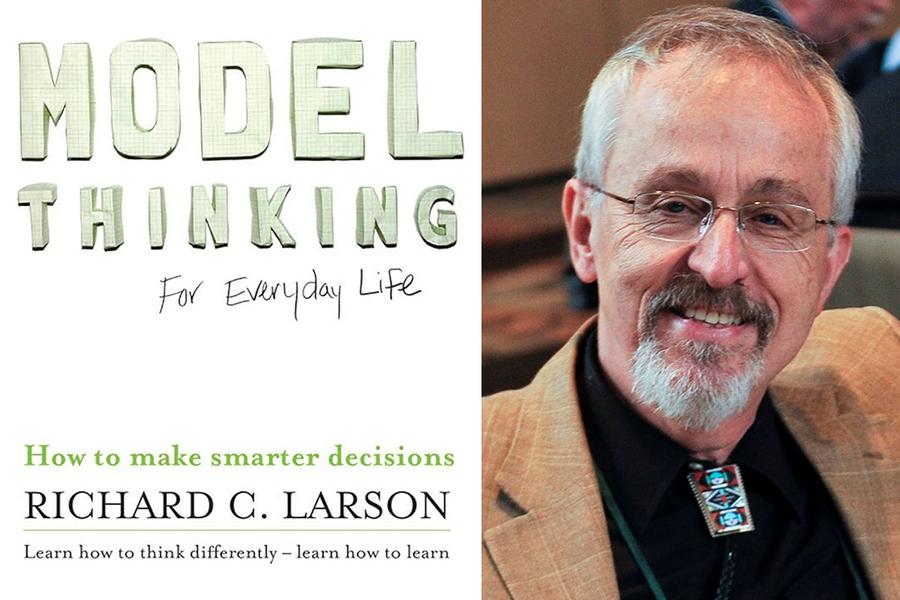The findings, published in Nature Communications, show how they used a simple chemical process akin to conventional soap-making to turn pollen grains from sunflowers into soft microgel particles that respond to various stimuli.
They suggest that, coupled with advances in 3D and 4D printing, the resulting pollen-based particles might one day be turned into a range of different forms including polymer gels, sheets of ‘paper’ and sponges.

The corresponding authors of this paper are Assistant Professor Song Juha of the School of Chemical and Biomedical Engineering, and Professor Cho Nam-Joon and Professor Subra Suresh of the School of Materials Science and Engineering at NTU Singapore.
NTU Distinguished University Professor Subra Suresh, who is also the NTU President, said: “Our NTU research team has transformed hard pollen grains beyond their natural performance limits, and converted them into soft microgel particles that alter their properties in response to external stimuli. This holds promise for a wide range of applications that are environmentally sustainable, economically affordable, and practically scalable.”
The results to date also suggest that the pollen-based microgel particles’ biocompatibility – meaning it does not cause an immunological, allergic or toxic reaction when exposed to body tissues – also makes it potentially suitable for applications such as wound dressing, prosthetics, and implantable electronics.
Professor Cho Nam-Joon, who holds the Materials Research Society of Singapore Chair in Materials Science and Engineering, said: “Both our experimental and computational results give insight into the pollen’s basic biological mechanisms, and demonstrate how altering the pollen wall structure can cause the pollen particles to swell – much like the shape transformations that occur during biological processes such as harmomegathy (the folding of the pollen grain to prevent water loss) and germination. The results also show that we can go beyond the performance limits of what nature can accomplish by itself.”
Pollen, described by scientists as the diamond of the plant world for its indestructible traits, encapsulates and transports a plant’s male genetic material within a wall structure composed of two mechanically distinct layers – a tough outer layer (exine), and a soft and elastic cellulose inner layer (intine). (See Image 1 in Note to Editors)
When released from a flower’s male reproductive part, pollen grains become dehydrated and individual grains fold onto themselves. Conversely, when these grains arrive on the plant’s female reproductive structure, they become hydrated and germinate, with a pollen tube growing out of the grain and towards the female part.
The pollen tube growth process is controlled by enzymes within the pollen wall structure that alter the wall’s elasticity and lead to structural changes. These processes, leading to structural changes in the pollen wall, inspired the NTU team to attempt to remodel the pollen’s entire wall structure and alter its material properties, using a process similar to conventional soap-making.
Pollen grains from the sunflower plant, with their sticky oil-based ‘pollen cement’ layer removed, were incubated under alkaline conditions for up to 12 hours. This softened the two parts of the pollen wall, and the pollen grain particles swelled and became more gel-like. The longer the grains were incubated, the more gel-like the resulting material became. (See Images 2 and 3 in Note to Editors)
In computer simulations, the team also found that the elastic properties of the outer and inner wall layers need to fall within a precise range for the pollen-derived material to exhibit this gel-like behavior, suggesting that for an individual pollen particle, there is a chemical and physical pathway that determines whether hydration leads to its successful germination.
NTU Assistant Professor Song Juha said: “Our study inspires future investigation into understanding how the materials science of pollen might influence plant reproductive success.”
In addition to Profs Suresh, Cho and Song, the list of authors include Assoc Prof Li Hua, research fellows Dr Fan Teng-Fei and Dr Shi Qian, graduate students Soohyun Park and Mohammed Shahrudin Ibrahim, research associate Yang Yun, all from NTU; and Zhang Xingyu, Liu Qimin, Yoohyun Song, Hokyun Chin, Natalia Mokrzecka, formerly from NTU.



Reference
Paper titled ‘Transformation of Hard Pollen into Soft Matter’ published in Nature Communications
DOI: https://doi.org/10.1038/s41467-020-15294-w
About Nanyang Technological University, Singapore
A research-intensive public university, Nanyang Technological University, Singapore (NTU Singapore) has 33,000 undergraduate and postgraduate students in the Engineering, Business, Science, Humanities, Arts, & Social Sciences, and Graduate colleges. It also has a medical school, the Lee Kong Chian School of Medicine, established jointly with Imperial College London.
NTU is also home to world-renowned autonomous institutes – the National Institute of Education, S Rajaratnam School of International Studies, Earth Observatory of Singapore, and Singapore Centre for Environmental Life Sciences Engineering – and various leading research centres such as the Nanyang Environment & Water Research Institute (NEWRI) and Energy Research Institute @ NTU (ERI@N).
Ranked 11th in the world by QS, NTU has been placed the world’s top young university for the past six years. The University’s main campus is frequently listed among the Top 15 most beautiful university campuses in the world and it has 57 Green Mark-certified (equivalent to LEED-certified) building projects, of which 95% are certified Green Mark Platinum. Apart from its main campus, NTU also has a campus in Singapore’s healthcare district.
Under the NTU Smart Campus vision, the University harnesses the power of digital technology and tech-enabled solutions to support better learning and living experiences, the discovery of new knowledge, and the sustainability of resources.
For more information, visit www.ntu.edu.sg.









